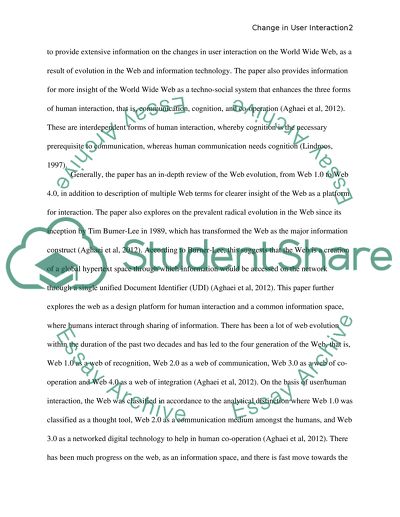Cite this document
(“Examine the Change in User Interaction Using the Internet/WorldWideWeb Essay”, n.d.)
Examine the Change in User Interaction Using the Internet/WorldWideWeb Essay. Retrieved from https://studentshare.org/information-technology/1487763-examine-the-change-in-user-interaction-using-the
Examine the Change in User Interaction Using the Internet/WorldWideWeb Essay. Retrieved from https://studentshare.org/information-technology/1487763-examine-the-change-in-user-interaction-using-the
(Examine the Change in User Interaction Using the Internet/WorldWideWeb Essay)
Examine the Change in User Interaction Using the Internet/WorldWideWeb Essay. https://studentshare.org/information-technology/1487763-examine-the-change-in-user-interaction-using-the.
Examine the Change in User Interaction Using the Internet/WorldWideWeb Essay. https://studentshare.org/information-technology/1487763-examine-the-change-in-user-interaction-using-the.
“Examine the Change in User Interaction Using the Internet/WorldWideWeb Essay”, n.d. https://studentshare.org/information-technology/1487763-examine-the-change-in-user-interaction-using-the.


